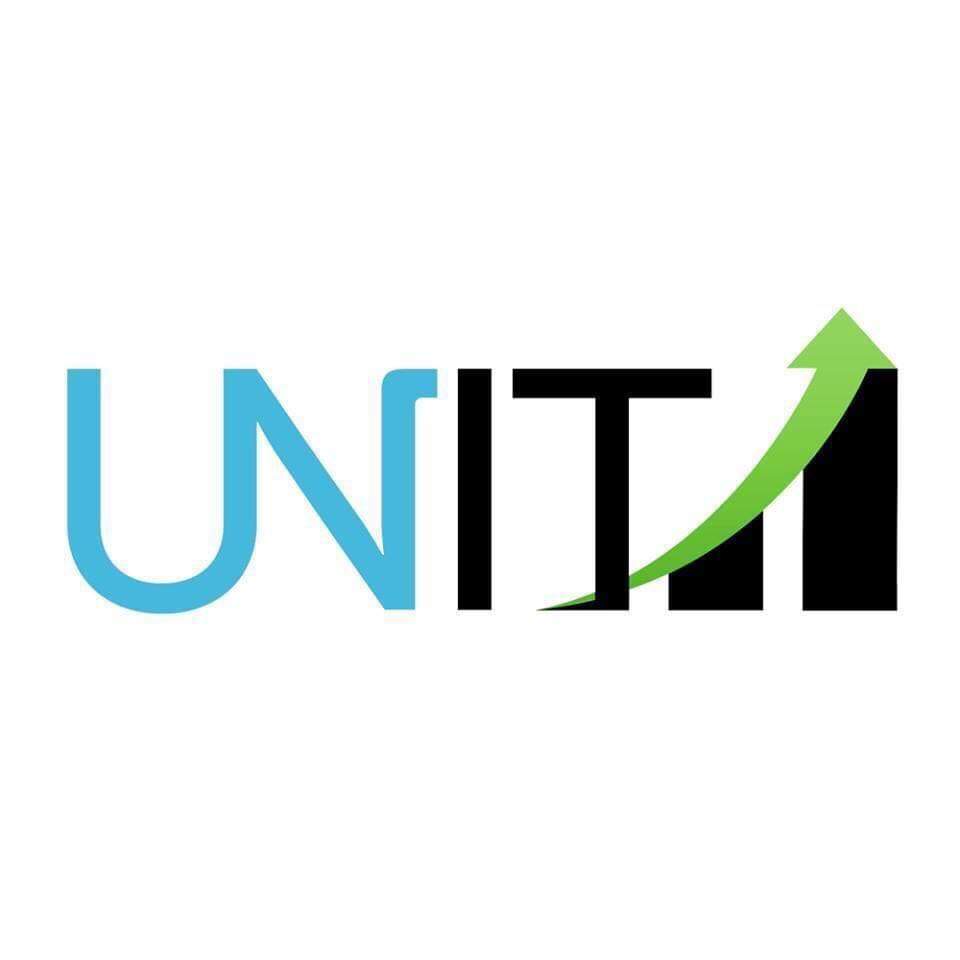By: Nithin Murali and Susan Tang
Posted: 27th June 2020
Australia’s Prideful 29 Years of Economic Growth Come to an End

The extensive economic impact of the coronavirus outbreak has pushed Australia into a recession, recording negative economic growth of 0.3% in the first quarter of 2020. Although a technical recession requires 2 consecutive quarters of negative growth, unemployment is forecasted to increase to at least 11%, conveying a poor outlook for the upcoming quarter. And unlike previous recessions, this one has not been commanded by high-interest rates, debt defaults or loss of consumer confidence. Rather the cause stems from governments’ deliberate attempt to protect people by slowing public movement, however, a consequence has been stifling business activity. This is made even worse as a global supply shock further decreases the economy’s output. Market analysts predict that once the Jobkeeper payments and mortgage holiday ends in September, Australia could sink further into a recession.
One of the key policies the federal government has put in place is the $130bn Jobkeeper assistance package to keep workers on the payroll. In a rush to keep the economy afloat after 29 years of consecutive growth, this package was designed to help 6 million workers. Initially, this was met with mixed reactions with some workers who have been working for less than 12 months missing out on the benefits. However, a Treasury review on May 11 suggested a reduction and change of aim towards smaller businesses. With around 490, 300 job losses in NSW alone since March, the review has found that people were getting “overpaid” through the scheme.
As restrictions ease, Treasurer Josh Frydenberg hinted that the wage subsidy may be reduced for those who have earned less than that before being stood down. From the government’s perspective, Liberal MPs have been urging the scheme to end when children return to school. However, RBA governor Phillip Lowe has suggested that it may need to be extended, calling upon further review after the 6 months in which the scheme was initially suggested to be implemented. With Australia’s economy officially in a recession, the government’s welfare system is currently under strain, resulting in a reduction of the program from $130bn to $70bn after a “reporting error”.
So what does this mean for the federal budget? The hard-worked surplus has been blown by the pandemic and the announcement of the 2020-21 budget has been delayed. Not the best outlook, as expected. Danielle Wood from the Grattan Institute said that the reduction in the Jobkeeper program will contribute to softening the deficit number.
Alternatively, Australia’s big four banks offered customers a mortgage repayment holiday, where customers can freeze payments on mortgages for up to 6 months to relieve the pressure COVID-19 has placed on households throughout the country. The unpaid interest is however capitalised on the loan principal, meaning mortgage holders are still going to pay the total loan amount. While this helps ease the financial burden temporarily, once this payment freeze has ended, households will have to continue interest payments to banks regardless of their current financial position. This is especially problematic for individuals currently relying on the Jobkeeper payments, which also end at a similar time to the mortgage holiday. As such Phillip Lowe, the governor of the RBA warns the Australian economy will hit a “critical point” in September.
Households were already being squeezed before this financial crisis hit, with prices close to an all-time high and banks unwilling to pass on rate cuts to home loans, made worse with wage growth being very low. With house prices on a sharp decline caused by the coronavirus, many people are paying off mortgages on houses and not receiving their desired level of equity. Young growing families, including first home buyers, are the most exposed. Recent data from Digital Finance Analytics (DFA), reveals that by the end of May, the percentage of households in financial distress reached 37.5%.
People have called for the government to slowly taper off jobkeeper wages and make banks refinance loans to be interest only. While the tapering of payments would allow homes to slowly return back to normal, increasing the amount of interest-only loans will create an impending crash when people are unable to repay capital. However, the idea that you can have a single date where all the money is pulled out of the economy will leave both households and businesses exposed and leave a significant hole in economic activity that could jeopardize recovery.
JP Morgan’s economists agree that the government needs to be flexible in drawing off subsidies. “The lifting of restrictions is going to be a very gradual process and that will mean that the economy will only come back very gradually as well”
No doubt our economy’s proud two decades of consecutive growth has come to an end. The long-awaited recession has arrived. In unprecedented times and mass job loss, the government’s JobKeeper and the big four bank’s mortgage holiday, households are expected to struggle after the two schemes end around September. With such great volatility in the government’s decisions regarding the ending dates of JobKeeper and the slashing of funds, it can be agreed that the next budget surplus will be another anticipated wait.
